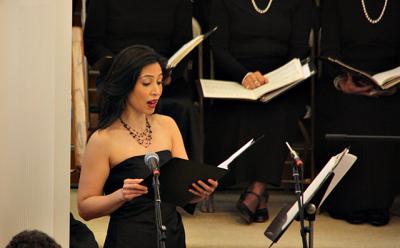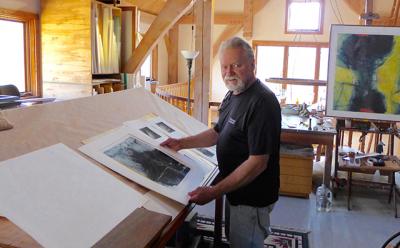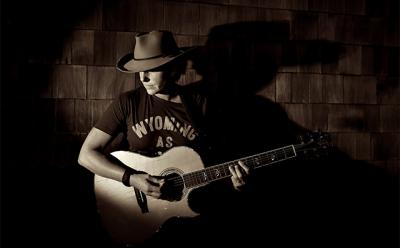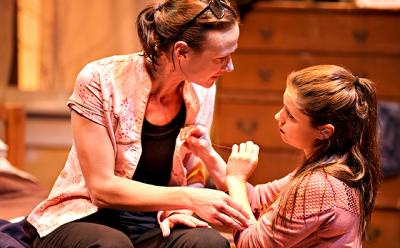Neil Simon’s ‘Lost in Yonkers’ Next at Hampton Theatre Company
Neil Simon’s ‘Lost in Yonkers’ Next at Hampton Theatre Company
Yonkers is coming to Quogue next Thursday when Neil Simon’s play “Lost in Yonkers,” a Pulitzer Prize and Tony Award-winner, opens a three-week run at the Hampton Theatre Company.
“Lost in Yonkers” is set in the summer of 1942, when Jay and Arty, brothers ages 15 and 13, are dropped off to live at their grandmother’s apartment above the family candy store in Yonkers. Their mother has recently died, and their father has taken to the road as a traveling salesman to pay their medical bills.
Grandma Kurnitz, an Old World matriarch whose sternness scares the teenagers, oversees a household of semi-dysfunctional family members. Aunt Bella is a loving but mentally challenged 35-year-old who longs for independence from her mother. Uncle Louie is a small-time hoodlum on the lam. Aunt Gert has a strange and comical speech impediment caused by her fear of her mother. Eddie, the boys’ father, is also a nervous wreck around the matriarch.
Jay and Arty are determined to raise money to help their father, which might entail stealing $15,000 their grandmother has hidden. Bella’s mission is to summon the courage to tell her family she wants to marry Johnny, her movie-usher boyfriend. Louie’s goal is to survive.
When the play was revived on Broadway in 2012, the New York Times critic David Rooney wrote, “Mr. Simon is working here not as king of the snappy one-liner but from the heart, with a depth of character, humanity and personal investment that places ‘Lost in Yonkers’ among his more affecting works.”
Two newcomers to the Hampton Theatre Company will take on the roles of the teenage brothers: Jamie Baio, a junior at Sayville High School, as Jay, and Christopher Darrin, a 12-year-old actor, singer, dancer, and musician, as Arty. The company’s artistic director, Diana Marbury, will play Grandmother Kurnitz.
The cast also includes Rebecca Edana, Edward Kassar, Catherine Maloney, and Russell Weisenbacher. George A. Loizides will direct, and the set design is by Peter-Tolin Baker, lighting by Sebastian Paczynski, and costumes by Teresa LeBrun.
“Lost in Yonkers” will open next Thursday and run through April 17 at the Quogue Community Hall on Jessup Avenue. Show times are Thursdays and Fridays at 7 p.m., Saturdays at 8, and Sundays at 2:30. Tickets are $30, $25 for senior citizens (except Saturdays), and $10 for students under 21.






